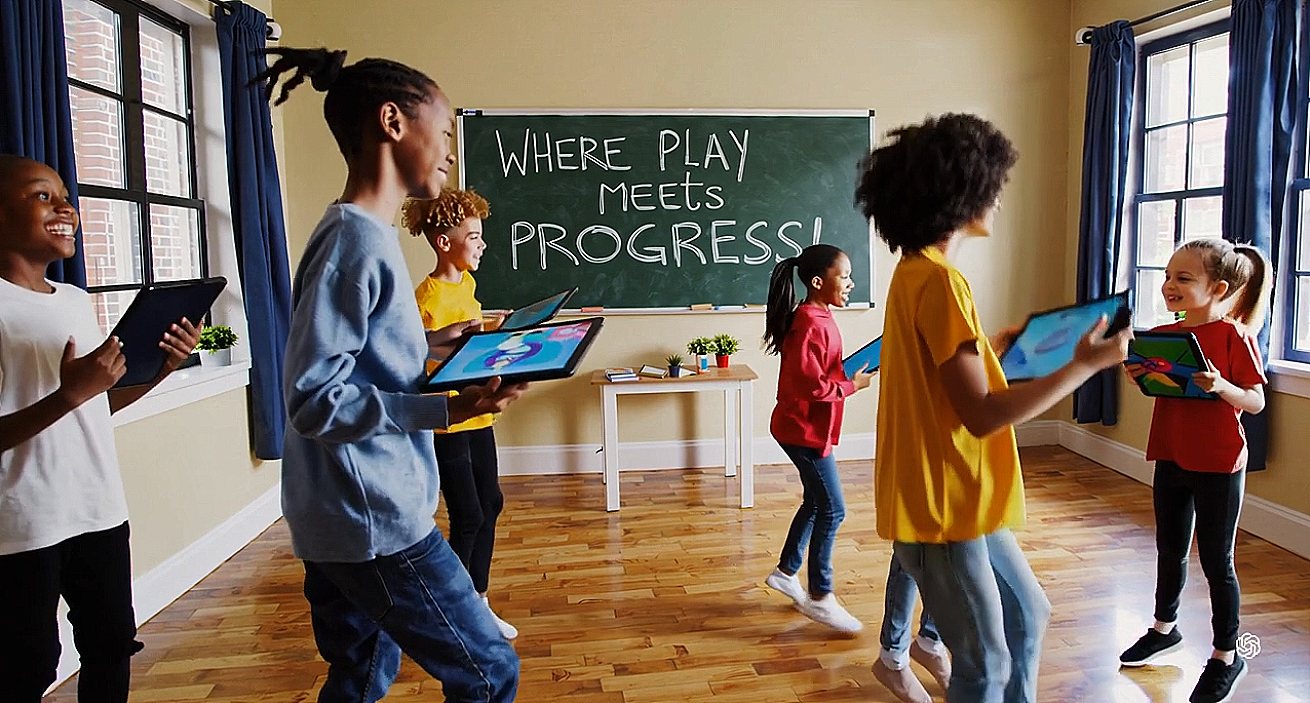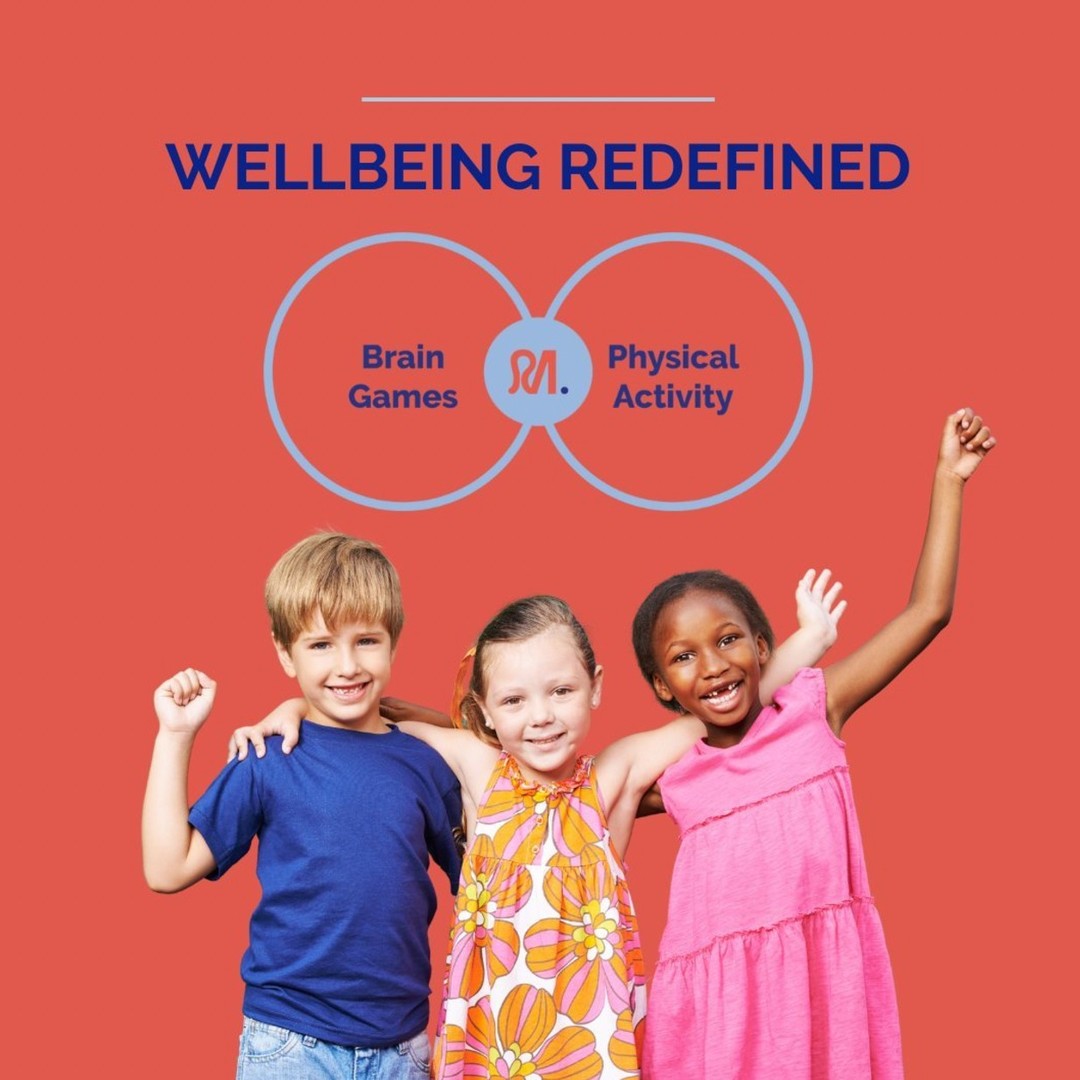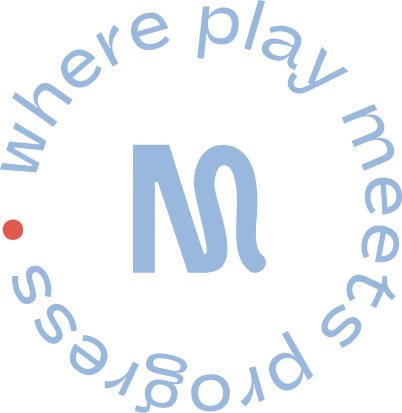Concentration is a fundamental skill in a student’s learning, yet many students struggle to maintain focus in today’s fast-paced, digital-driven world. Whether due to neurodivergence, environmental distractions, or the increasing demands of modern education, maintaining sustained attention can be a challenge. Fortunately, innovative approaches to learning, grounded in research and expert insights, are providing effective ways to improve concentration for all students.
Understanding Concentration and Learning
Concentration, or the ability to direct and sustain attention, plays a fundamental role in academic success. Studies show that focused learners retain information more effectively, engage more deeply with educational material, and demonstrate improved problem-solving abilities. However, a range of factors can impact concentration, including cognitive differences, stress, lack of movement, and overstimulation from digital devices.
Traditional classroom methods may not always meet the diverse needs of students, which is why innovative solutions that incorporate movement, technology, and personalised learning approaches are gaining traction.
Movement-Based Learning
Research has long supported the connection between physical activity and cognitive function. Movement stimulates blood flow to the brain, increases oxygenation, and promotes the release of neurotransmitters that enhance attention and memory. Programs like ours at Reset Moves leverage movement-based learning to help students regulate their energy levels, improve focus, and re-engage with learning tasks.
Reset Moves has undergone rigorous trials, with over 200 students aged 5-17 participating in the process. The results were compelling:
- Students rated Reset Moves with an average fun rating of 4.3/5.
- Reset Moves was proven to improve mood post-intervention.
- 100% of students showed improved attention after using Reset Moves.
By incorporating short, structured movement breaks into the school day, students experience benefits such as:
- Improved cognitive flexibility and problem-solving skills.
- Enhanced mood and emotional regulation.
- Reduced restlessness and hyperactivity, particularly for neurodivergent learners.
These structured physical activities, delivered through accessible digital platforms, offer an easy and effective way to support student focus.
Technology-Driven Personalised Learning
Advancements in educational technology are helping educators and parents tailor learning experiences to individual student needs. Personalised learning platforms use data-driven insights to adapt content based on a student’s progress, ensuring they remain engaged without feeling overwhelmed.
Some key benefits of technology-driven personalised learning include:
- Adaptive Learning Systems: These tools adjust difficulty levels based on a student’s performance, keeping them challenged but not frustrated.
- Gamified Learning Apps: Educational apps, like Reset Moves, incorporate interactive elements that make learning engaging while also supporting cognitive and physical development.
- Timed Focus Sessions: Apps that use Pomodoro-style techniques encourage students to work in focused bursts with scheduled breaks to maintain sustained attention.
By using technology mindfully, students can experience a more engaging and less stressful learning process.
Mindfulness and Sensory Regulation Techniques
Mindfulness practices are gaining recognition as powerful tools for enhancing concentration. Techniques such as guided breathing, sensory integration activities, and meditation have been shown to improve self-regulation and attention in learners of all ages.
Mindfulness-Based Strategies for Students:
- Guided Breathing Exercises: Deep breathing can help students reset their focus when they feel overwhelmed.
- Sensory-Friendly Learning Spaces: Providing students with access to fidget tools, standing desks, or quiet zones can help them manage sensory input and maintain attention.
- Short Mindfulness Breaks: Five-minute mindfulness exercises at the beginning or end of a lesson can help students transition between tasks more effectively.
By integrating these approaches into the school day, educators can create an environment that supports sustained attention and emotional regulation.
Environmental and Classroom Design Improvements
The physical learning environment plays an important role in student concentration. Simple adjustments to classroom layout and structure can have a profound impact on attention levels and engagement.
Effective Environmental Modifications:
- Flexible Seating Options: Allowing students to choose where and how they sit—whether in a chair, on a cushion, or at a standing desk—can improve comfort and focus.
- Reduced Visual Clutter: Minimising excessive decorations and distractions on walls can help students maintain their attention on learning materials.
- Optimised Lighting and Noise Levels: Natural lighting and sound-absorbing materials can create a more conducive learning space.
Schools that implement these environmental adjustments often see improved engagement and academic performance across diverse student groups.
Collaboration Between Educators and Support Services
Creating a well-rounded approach to fostering concentration requires collaboration between teachers, parents, and therapy providers. Occupational therapists, speech therapists, and special education professionals can offer valuable insights into how individual students learn best.
Ways schools and therapy providers can work together include:
- Developing Individualised Learning Plans (ILPs): These plans outline strategies tailored to each student’s needs, helping them navigate concentration challenges more effectively.
- Training Educators in Specialised Techniques: Workshops and professional development sessions can equip teachers with skills to support attention-challenged learners.
- Providing Consistent Support Across Settings: Ensuring that strategies used in therapy sessions are reinforced in the classroom can create a more seamless learning experience.
Collaboration ensures that students receive consistent, evidence-based support, leading to better outcomes in both academic and personal development.
Reset Moves: A Comprehensive Solution for Enhancing Focus
Reset Moves integrates several of the above strategies into a single, accessible platform that supports students, educators, and therapists alike. By combining movement-based learning with gamification and structured interventions, Reset Moves offers an effective tool for enhancing concentration in diverse learners.
Key Features of Reset Moves:
- Short, Engaging Movement Breaks: Designed to be completed in under 10 minutes, helping students reset their focus.
- Customisable Activities: Tailored for different age groups and learning needs.
- Science-Backed Approach: Developed using research on cognitive and physical health benefits.
- Integration with Therapy Plans: Easily incorporated into school and home routines.
Educators and parents using Reset Moves report increased engagement, improved classroom behaviour, and greater overall student well-being.
Encouraging concentration in all learners requires a varied approach that includes movement, technology, mindfulness, environmental modifications, and collaborative support. By embracing new solutions like Reset Moves, educators and parents can empower students to reach their full potential in a way that aligns with their unique learning styles.
For those seeking effective, research-backed strategies to enhance student concentration, incorporating movement-based learning and personalised approaches can lead to meaningful, lasting improvements. By prioritising these methods, we can create inclusive, engaging, and focused learning environments for all students.




